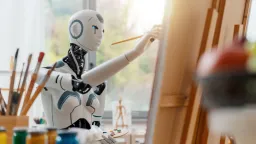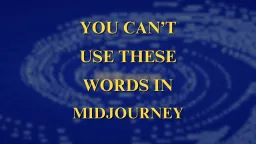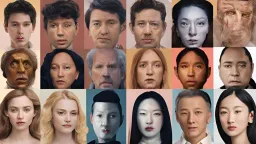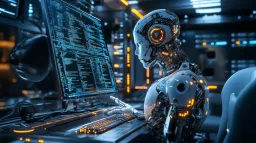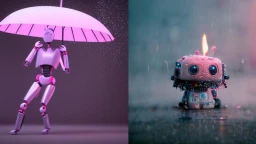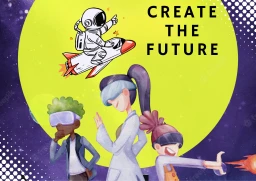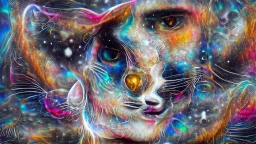Why AI Struggles to Draw Hands and Fingers? - Explained

AI-generated art can be breathtakingly detailed, often conjuring up surreal, vivid scenes with just a few text prompts. But for all its artistry, there’s one glaring issue that users keep noticing: AI can’t seem to get human hands right. While everything else in the image may look flawless, the hands often come out looking like they belong to a science fiction creature - extra fingers, warped shapes, or awkwardly positioned digits. Why does AI, with all its power, struggle so much with something as simple as hands and fingers?
Let’s explore the reasons behind this odd quirk in AI-generated art.
Why Hands Are So Hard for AI

One of the main reasons AI has trouble generating hands is that they’re rarely the focus of the images it’s trained on. AI image generators, like DALL-E, Stable Diffusion, and Midjourney, rely on enormous datasets of images to learn what the world looks like. But these datasets are heavily skewed toward faces, objects, and scenery. Hands, being a smaller and often secondary detail in photos, don’t appear as clearly or as frequently in the images AI processes.
This lack of focus on hands in training means that when AI tries to generate a human hand, it doesn’t have enough precise data to work with. So, what does it do? It guesses. And that’s when the fingers start multiplying or appearing in unnatural positions.
Also read: Kling AI Tutorial: How to create AI videos from photos?
The 2D Limitation

Another issue is that AI is working with two-dimensional data, while hands are complex, three-dimensional objects. Human hands can appear in countless different positions - waving, gripping, resting, or partially obscured. While we humans understand the structure and movement of hands from our everyday experience, AI has no real-world understanding. It doesn’t know what hands are supposed to "do," only how they look in various flat images.
When AI tries to create an image of a hand, it’s essentially piecing together visual patterns from its training data. Sometimes, those pieces don’t fit well together, resulting in distorted or mutated hands.
Hands Are Highly Variable
Unlike faces, which tend to follow a consistent structure, hands are incredibly variable. They can be open, closed, holding objects, or hidden in pockets. This variability adds to the challenge for AI. Even if the AI gets part of the hand right, it might not understand how fingers should connect, where they should start or stop, or how they naturally curve.
In some cases, AI might even confuse hands with other parts of the image, leading to strange results like fingers growing out of palms or hands merging with nearby objects.
Also read: Best AI Video Generators in 2024 You Should Know About
AI’s Hands Reveal Its Limitations
Despite these flaws, some people see AI’s inability to accurately generate hands as a helpful clue. In a world where AI is getting better at creating realistic images, strange hands are often a giveaway that an image isn’t real. Whether it’s a politician’s hand melting into their body or a contestant in a fake “sunburn competition” sporting hotdog-like fingers, these bizarre details tip off viewers that they’re looking at AI-generated art.
It’s a bit of a comforting reminder that, as advanced as AI is, it still has limits. AI doesn’t understand what it means to be human or how our bodies work - it’s just really good at mimicking patterns.
Progress Is Being Made
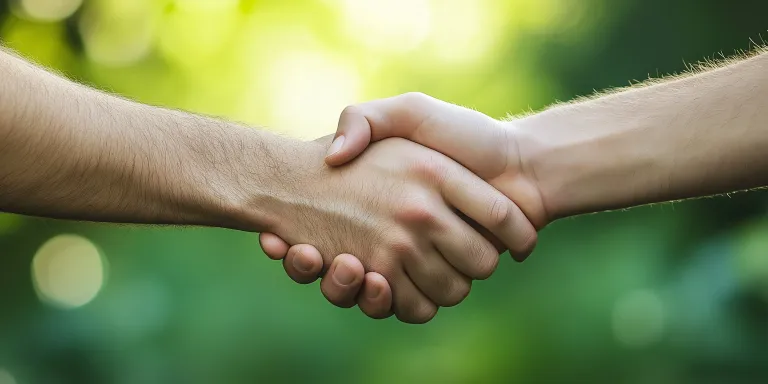
Though AI’s hands are far from perfect, improvements are happening. For instance, in early 2023, Midjourney released an update aimed at making AI-generated hands more realistic. While the results were better, the hands still weren’t flawless. However, as AI companies continue to compete for the best image generators, progress will likely be swift, and we can expect more refined depictions of hands in the future.
Also read: 10 Latest Advancements in AI Art - 2024
Conclusion
The struggle AI has with hands boils down to three key factors: the lack of training data focused on hands, the challenge of understanding three-dimensional objects from two-dimensional images, and the natural variability of hands in different positions. While AI-generated hands might still look odd for a while, advancements are constantly being made, and soon enough, we may see AI mastering this difficult task. Until then, the quirks of AI’s weird hands serve as a fascinating reminder of the limitations in machine-generated art.
